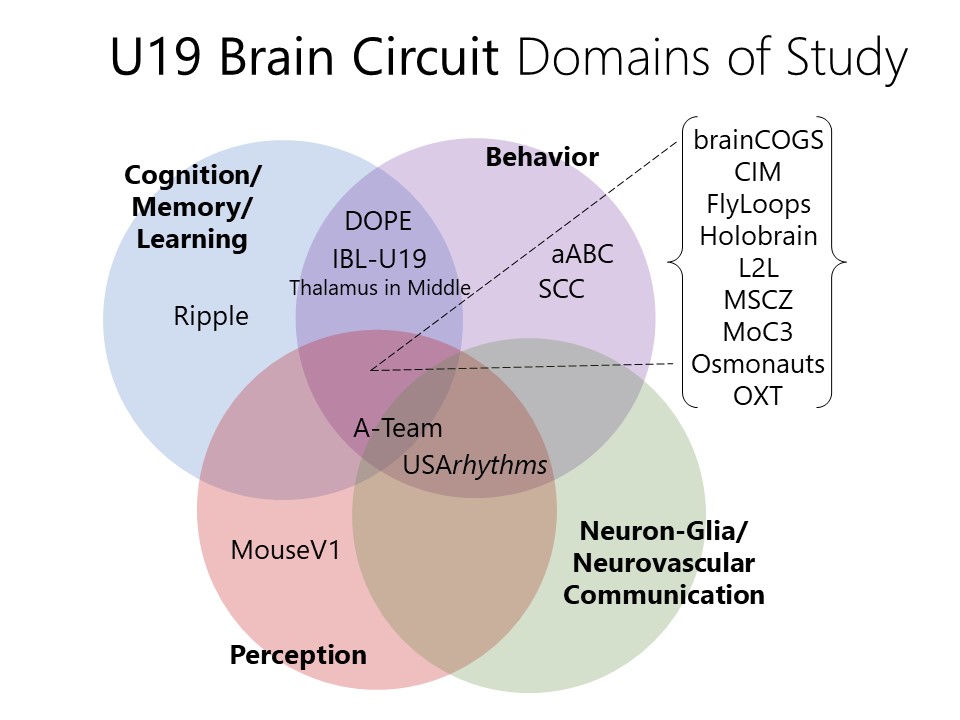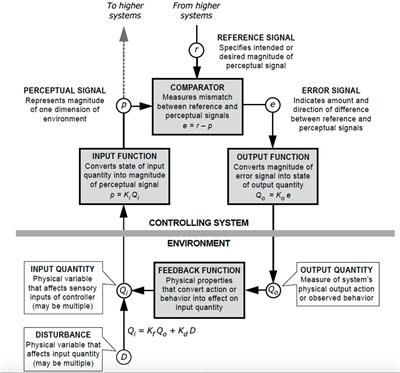
Frontiers | Why Do We Need Computational Models of Psychological Change and Recovery, and How Should They Be Designed and Tested?

Memory trace imbalance in reinforcement and punishment systems can reinforce implicit choices leading to obsessive-compulsive behavior - ScienceDirect
Computational modeling of behavioral tasks: An illustration on a classic reinforcement learning paradigm
Ten simple rules for tackling your first mathematical models: A guide for graduate students by graduate students | PLOS Computational Biology
Computational modeling of behavioral tasks: An illustration on a classic reinforcement learning paradigm
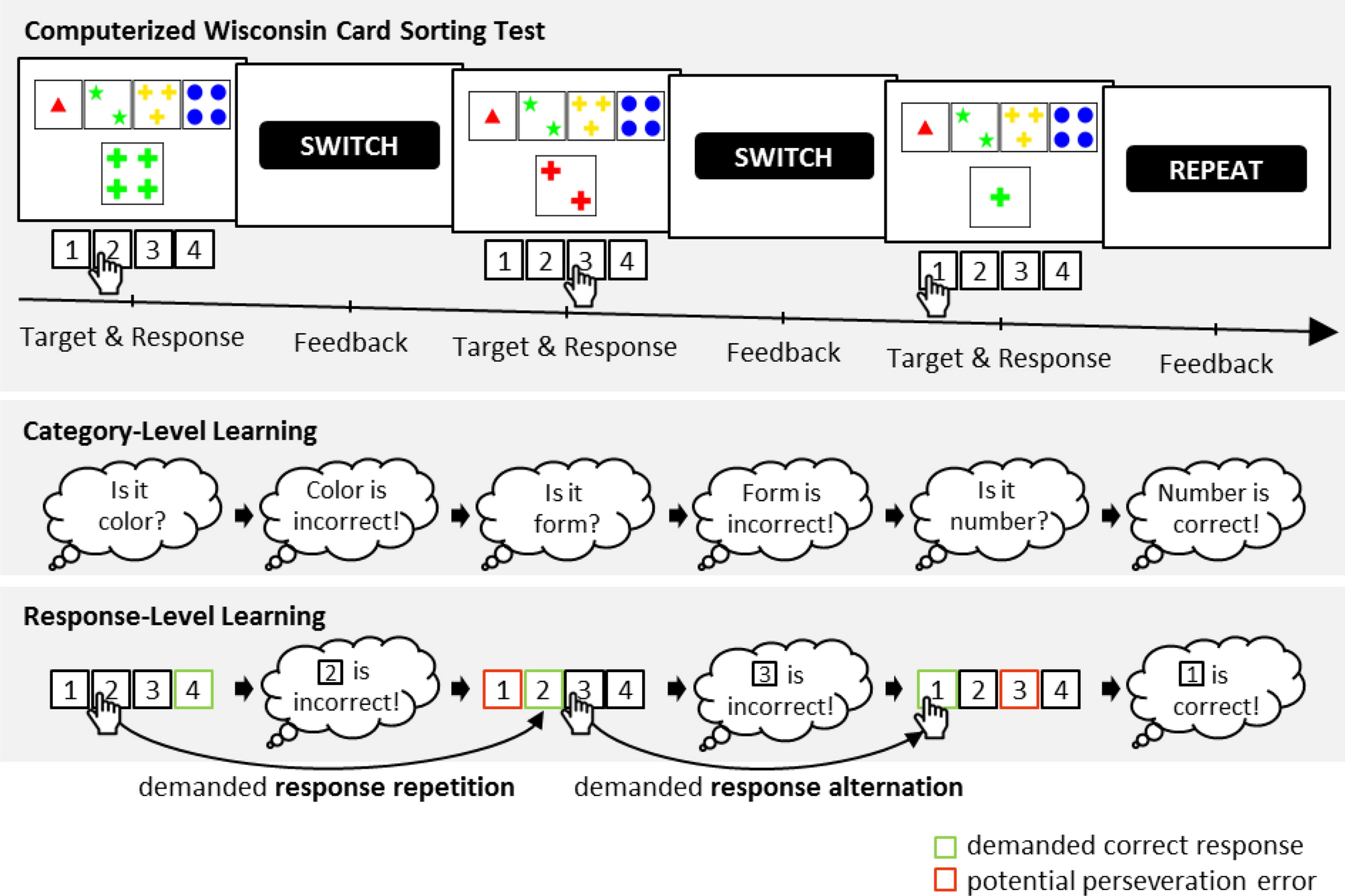
Parallel model-based and model-free reinforcement learning for card sorting performance | Scientific Reports
Computational modeling of behavioral tasks: An illustration on a classic reinforcement learning paradigm
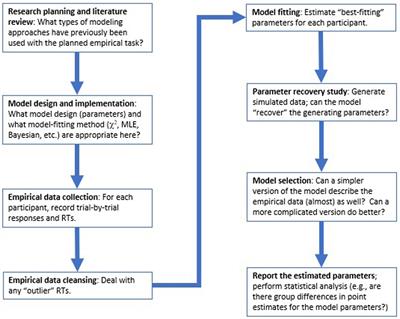








![PDF] Ten simple rules for the computational modeling of behavioral data | Semantic Scholar PDF] Ten simple rules for the computational modeling of behavioral data | Semantic Scholar](https://d3i71xaburhd42.cloudfront.net/91b9d3ab7532ea24ae70cd726355f25235b1fe8b/11-Figure2-1.png)


![PDF] Ten simple rules for the computational modeling of behavioral data | Semantic Scholar PDF] Ten simple rules for the computational modeling of behavioral data | Semantic Scholar](https://d3i71xaburhd42.cloudfront.net/91b9d3ab7532ea24ae70cd726355f25235b1fe8b/21-Figure6-1.png)
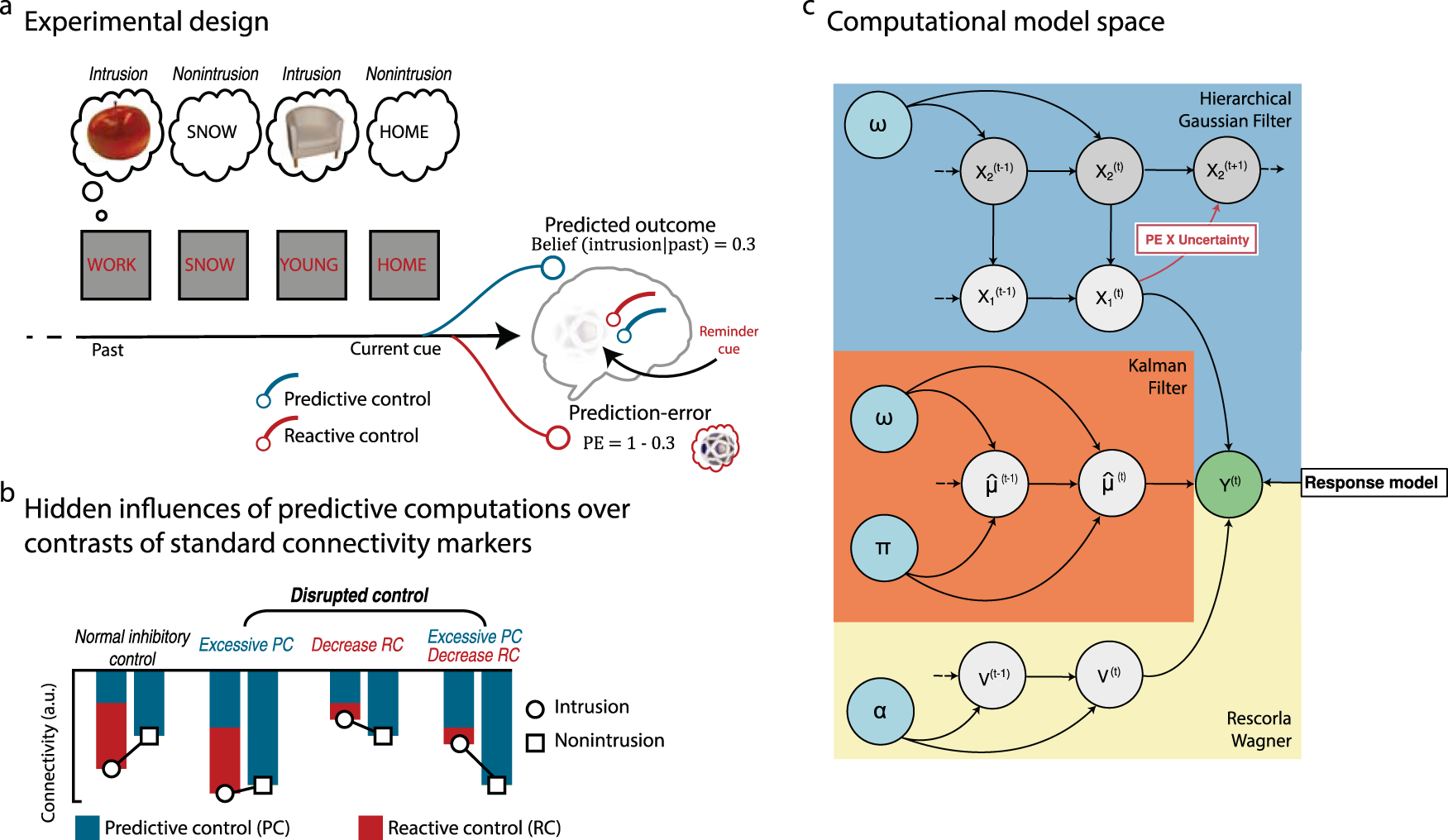

![PDF] Ten simple rules for the computational modeling of behavioral data | Semantic Scholar PDF] Ten simple rules for the computational modeling of behavioral data | Semantic Scholar](https://d3i71xaburhd42.cloudfront.net/91b9d3ab7532ea24ae70cd726355f25235b1fe8b/19-Figure5-1.png)
